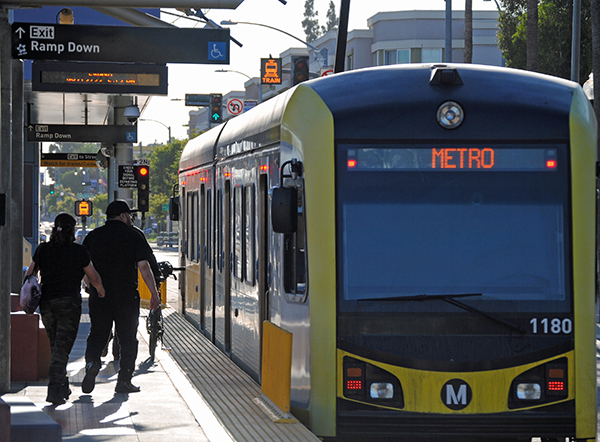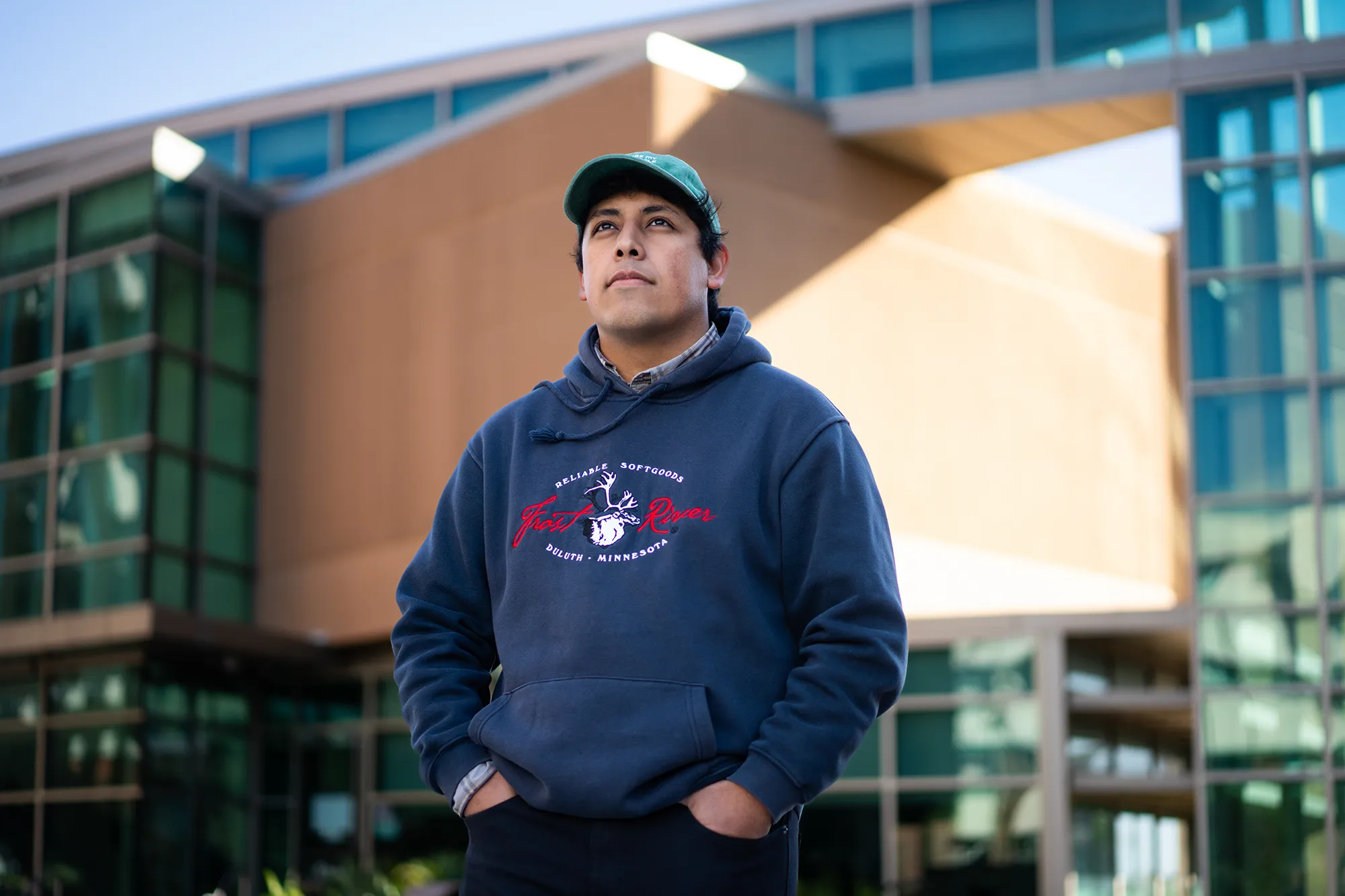By Alfredo Santana
Contributing Writer
LOS ANGELES — The L Line light rail extension from East Los Angeles to Montebello has received a $35 million grant from the California Transportation Agency in the last round of funding before the current fiscal year ends.
According to the state agency, the funds will serve to advance design for the 4.6-mile route starting at the Atlantic Boulevard and Third Street station in East Los Angeles and continuing to Greenwood Avenue in Montebello.
Expected project completion for this phase is 2025.
The award was announced by Gov. Gavin Newsom, who said the funding is part of a multiyear, multibillion dollar investment to transform and modernize public transportation to support equity and add mobility options while lowering carbon emissions.
“Our state is placing a high priority on investing in public transportation projects that aim to shift away from fossil fuels while making public travel more rider friendly,” Newsom said in a statement.
Dubbed the Eastside Transit Corridor Phase 2, the project is expected to receive full environmental clearance sometime this summer, said project manager Jeniffer Cristales-Cevallos.
But the final environmental study may be set for public view by the end of this year, or early in 2024.
Before the grant was announced, the Metropolitan Transportation Authority, had raised $3 billion from sales taxes related to Measures M and R, still way short of the $7.9 billion officials estimate the entire project will cost.
County Supervisor Hilda Solis thanked Newsom for supporting the MTA’s efforts to build infrastructure for public transportation with a commitment for equity.
She said Eastside communities have waited too long to witness the line extension move from a “line on a plan to a real connection to our broader system.”
“I am excited to see us move one step closer to breaking ground on delivering this transportation option for our residents, as it will vastly increase access to opportunities to learn, earn, and grow,” Solis said on her Twitter account.
The financial boost would help the light rail project compete for federal funds from the Federal Transit Administration and position it to apply for a capital investment grant.
“The project will serve concentrated areas of employment, activity centers and residential communities while addressing the needs of transit-dependent populations without reliable access to the rail system,” said the award description from the California Transportation Agency.
Last November, a planning and program committee cleared the way for redesigning and rebuilding the current terminus station, and add boarding and exit stops along the route on Atlantic and Whittier boulevards in East Los Angeles, at the Citadel Shopping Center in Commerce, and at Greenwood Avenue and Telegraph Road in Montebello.
It is anticipated that a large segment of the 4.6 miles would run in an underground tunnel, transitioning to an aerial structure in Commerce before it turns to street-level tracks in Montebello.
A maintenance warehouse is slated for construction in Montebello that would serve up to 125 light rail vehicles.
Additional funds for up to $750 million are expected from unincorporated Los Angeles, Commerce and Montebello.
Previously, Whittier City Councilman and MTA Board member Fernando Dutra had said the project’s phase one construction is slated to begin in 2029 and last through 2035.
Dutra also vowed to push for the agency’s commitment to add a second leg to the extension to reach Whittier in three years after the initial segment is completed.
In a related matter, $95 million also was awarded to the MTA’s K and C light rail lines to work on platform expansion at Aviation Boulevard and LAX, Mariposa and Redondo Beach stations, and other maintenance works.
Funding for Lines K and C are part of more than $690 million the state allocated to 28 projects throughout the state, Newsom said.
The sizable funds will help accommodate and allow operations of three-car trains under the so-called CORE Capacity and System Integrated Project.
In addition, the grant will cover the costs of replacing wooden track ties at crossovers and rail fasteners at bridges on the C line and repair aerial structures between Redondo Beach and Crenshaw stations.
When upgrades are done, the project would expand capacity to carry 50% more passengers than its current load.
“The project solves capacity deficiencies caused by short platforms at the four stations and insufficient traction power,” the California Transportation Agency said in a statement.
Completion of repairs and upgrades are expected by 2028, before the start of the Olympic Games.












